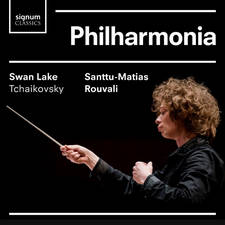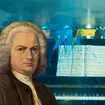Bach - Mass in B minor
One of the Baroque period's most celebrated choral masterpieces, this Mass was Bach's last major work before he died.
Bach composed his Mass in B minor around 1748–49, a year before his death in 1750. Despite its sheer scale and grandeur, Bach didn't even give the work a name, and exists only as a collection of itinerant manuscripts.
When the work is heard in its entirety, the listener comes away with the impression that this is a piece of music the composer had been building up to writing for the whole of his life. It therefore seems ironic that much of this best-loved work was ‘bottom-drawer’ music – music that Bach had either put by earlier or recycled. The Kyrie and Gloria were written in 1733 for the Elector of Saxony at Dresden, and the Sanctus dates back to 1724. The Qui tollis dates back even later, and was most probably based on a cantata from 1714. Add a Credo and an Et incarnatus est movement, however, and the whole piece is given a new lease of life.
The work's magnificence is evident from the opening bars of the Kyrie, which begins with a mighty five-part setting of the words, followed by a weighty fugue, but the work is as diverse as it is long. The beautiful flighty soprano solo in the Laudamus te, coupled with a violin, is an outpouring of musical religious fervour.
Bach never heard the Mass performed in its entirety; in fact, it was not until 1859, more than a century after Bach died, that the entire work was performed at a single sitting.


























